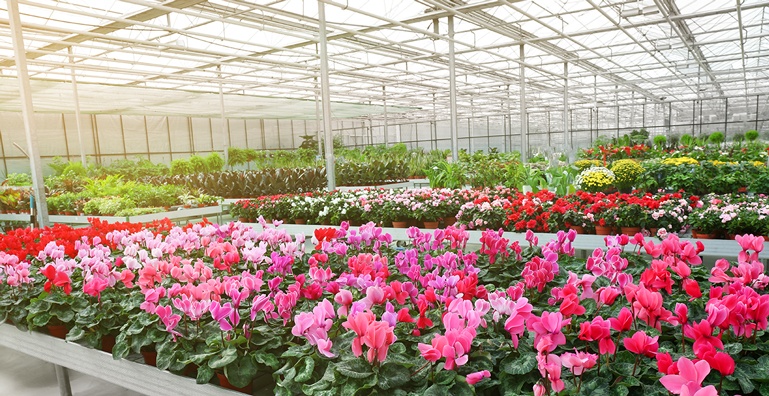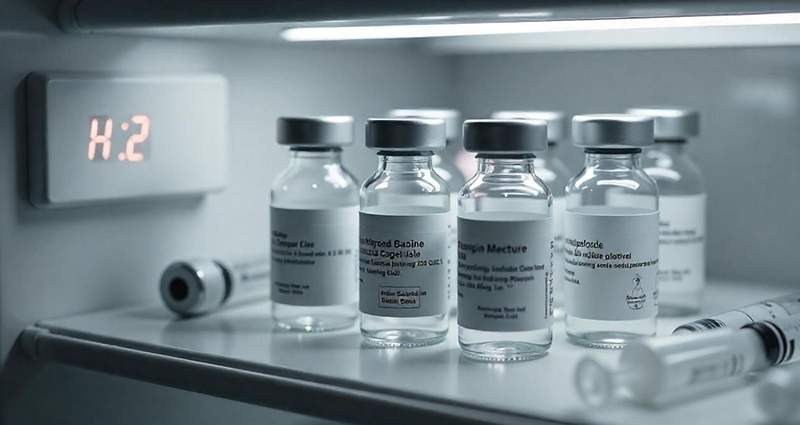
Commercial operators know that greenhouse temperature monitoring is crucial to plants' health, blooming and yield. It takes more than simply checking a thermometer every day to ensure the safety of your inventory.
Call Us - 877-373-2700
View or Request a Catalog

Commercial operators know that greenhouse temperature monitoring is crucial to plants' health, blooming and yield. It takes more than simply checking a thermometer every day to ensure the safety of your inventory.

Depending on what plants you have in your greenhouse, there may be a very fine line between temperatures that are acceptable and temperatures that are dangerous. For certain plants, even a brief dip into unfavorable temperatures can be damaging. According to an article from Cell Press, "Plants are incredibly temperature sensitive and can perceive changes of as little as one degree Celsius."

When you want to know the temperature outside, you might check your wall thermometer. Or maybe you check your phone. Or you go outside and see how it feels. There are many ways to get temperature readings. The same is true for the remote monitoring systems used to prevent facility and product damage.

An environmental monitoring system is a cost-effective way to keep an eye on conditions like temperature and flow level that keep operations running smoothly for a wide range of industries. These systems alert facility managers and personnel as soon as a condition goes outside of pre-set parameters so they can investigate and address the issue before it becomes a big, costly problem.

Sensaphone manufactured its first home monitoring system right in Pennsylvania over 30 years ago. Back then it was common for an electronics company to manufacture its products in the United States, but now we’re one of the remaining few that still do. U.S. Department of Commerce statistics show that the trade deficit in electronics products was more than any other manufacturing industry.

If you’re looking for a flexible solution to remotely track environmental conditions at your facility or workplace, consider a cellular wireless monitoring system. These systems use sensors to communicate their data (such as temperature, humidity levels, etc.) to the wall unit. By selecting a cellular-based device, your wireless monitoring system becomes even more nimble because it doesn’t need a landline or internet connection.

Damaging water can enter your data center from environmental events like floods, as well as from equipment failure, leaks and broken pipes. But it’s easier and less costly than you think to protect your server and IT equipment from water damage using water detection sensors. To monitor a surface for water leakage, simply connect an IMS-4000 water sensor and a water detection rope to a Sensaphone IMS-4000 monitoring system.

If you own a home or other property, an auto dialer monitoring device is an easy, cost-effective way to keep an eye on conditions like temperature and humidity when you aren’t on the premises. But it can also help you keep an “ear” on the area in real-time with a built-in microphone.





Sign up to receive the latest blog updates, industry news and promotions.